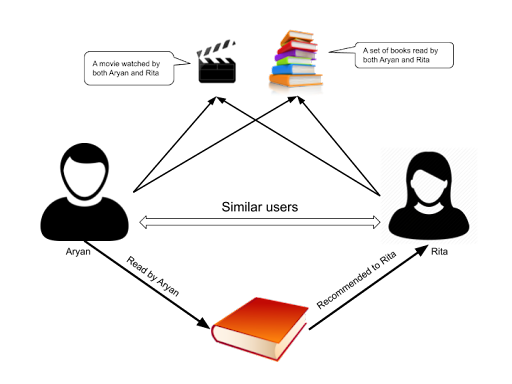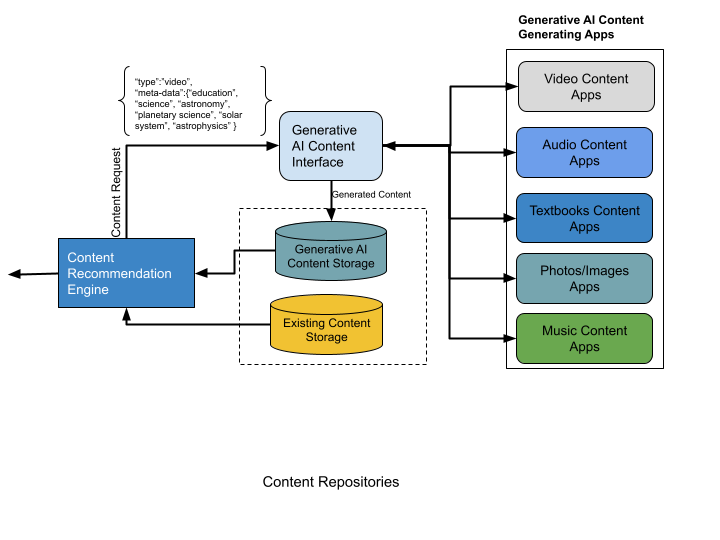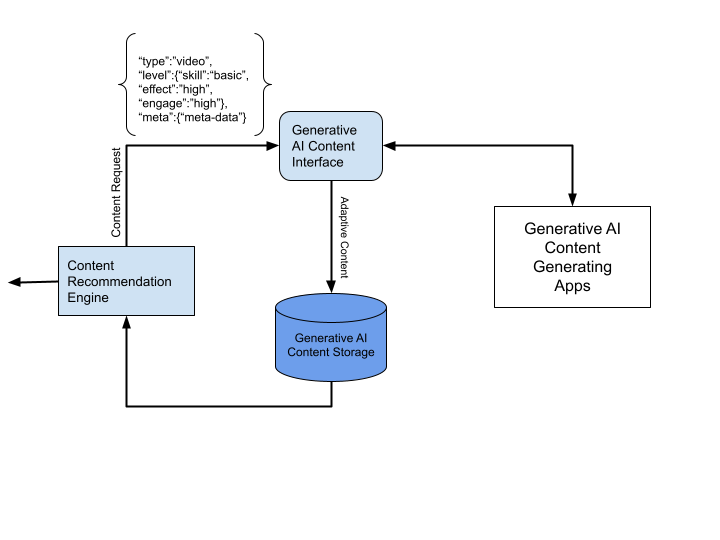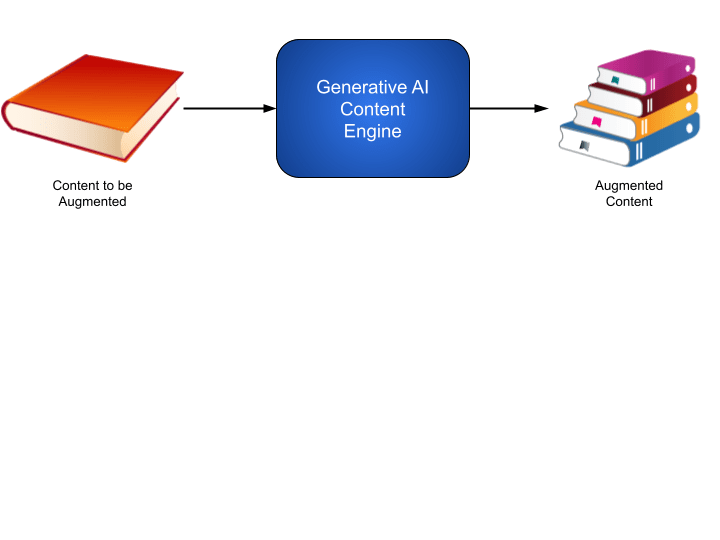Personalized learning is a buzzword these days in the Ed-tech space and continues to gain significant attention as an effective approach to education.
It recognizes that every learner has unique learning preferences, needs, and strengths.
And as we know every startup here and there in the Ed-tech space is running behind this race of building solutions and frameworks around this very concept of Personalized learning.
This blog is going to be a little bit bigger than normal, so stay tuned.
What is Personalized Learning, By the Way?
Let’s understand this concept in the context of the current education system that we are following today.
We all send our kids to schools where more than 2 dozen kids are being trained by a set of teachers following one curriculum for one standard.
This is a pure traditional one-size-fits-all model without any customization of instruction, content, and learning experiences to meet the specific requirements, interests, and abilities of each student.
The problem with this model is that the curriculum, along with its delivery mechanism and the class as a whole, takes the central stage rather than an individual learner.
Because of which an individual learner is lost during any point of the delivery timeline and never recovers.
This model is based on a linear approach and transitioning that lost learner from one class to the next adds fuel to the fire.
Personalized learning model is introduced to resolve this problem with a fantastic educational approach that puts the learner at the center of the experience.
It’s like having a tailor-made education designed just for you!
Instead of sticking to the old and traditional one-size-fits-all model, personalized learning recognizes that each student is unique and has different needs, interests, and ways of learning.
It uses technology and data to make all of this possible. By analyzing information about your performance, preferences, and learning style, the system can provide tailored content, activities, and resources that suit you perfectly.
Whether it’s interactive modules, videos, audio, digital books, or online courses, the materials are handpicked to match your needs and keep you engaged.
Developers (the more refined term should be data scientists) around the world have written tons of code for building multimedia multimodel content recommendation engines using machine learning algorithms.
The most popular among them is “Collaborative Filtering” which works in two parts where in both of them it calculates the similarity between two entities, in a personalized learning model those are to be learner and the media.
Let’s have some understanding of the Collaborative Filtering algorithm and its two parts in a little bit more detail.
In the first part of algorithm implementation, the similarity between the learners is calculated based on their profile information and the data of their activities of consuming multimedia.
If one user interacts with a particular content then the algo recommends that particular content to the other similar user also.
In this part of the algo implementation, there is no challenge.
Remember we are not going into the nitty gritties of other aspects of implementation of a recommendation engine else we would make it harder for our non-tech audiences to understand the idea we are trying to deliver here.
We believe that the picture below resonates well with the first part of the algo implementation.
The challenge comes in the implementation of the second part of the recommendation model.
In the second part, the algo calculates the similarity between two contents based on their meta-data (or tags) information.
Suppose there are two contents: one is Book A and the other is Video B.
Assuming the similarity score calculated (based on their respective meta-data) between the two is 8 on a scale of 10, and there is no other content more similar to Book A in the repository.
When a learner reads Book A, then on the content recommendation page, the recommendation model surely recommends Video B as that is highly similar to Book A.
Let’s see the same in the pic below.
This part of the algorithm works well till we have similar content available with above 5/10 to deliver, but that’s not the case most of the time in the purview of shortage of content.
Even if you have millions of content still, this issue is quite persistent till you are not reaching to YouTube level.
Hence every content platform must have to face this challenge in this part of the algorithm.
Developers, as always, asked to find the solution of this problem and they try to fill in with some random stuff in case of unavailability of good similar content and that random content may come from some trending or popular or some real random new stuff added onto the platform.
This makes the algorithm fail frequently in the second part of implementation assuming other scenarios are taken care of already.
Let’s try to understand this failure with the picture below in the multimedia multimodal content recommendation engine.

Now, the problem of shortage of content tailored to individual learners is well identified, and implementing personalized learning at scale has a major hurdle.
This is where generative artificial intelligence (AI) comes into play, offering a promising solution to fill the content gap in personalized learning.
By leveraging the power of generative AI in education, educational institutions can provide tailored and engaging learning materials to students, enhancing their educational experience and promoting better learning outcomes.
But how exactly is that going to work? Ok, let’s understand in a little more detail.
As we have seen in personalized learning, the traditional recommendation engine fails to meet the unique needs of individual learners.
However, creating customized content for each student is a daunting task, especially when dealing with a large number of students.
Generative AI models, such as large language models and neural networks, are capable of producing text, images, music, and more, mimicking human creativity and expanding upon it.
There are three ways where generative AI can step in to fill the content gap.
- Multimodal Content Generation: As we talked earlier, Generative AI is not limited to generating text-based content; it can also create visuals, videos, and audio materials on a large scale.
This enables a multimodal learning experience where learners can engage with content in different formats based on their preferences.

- Adaptive Content Generation: Generative AI can create adaptive learning materials that adjust according to each learner’s progress, preferences, and knowledge level.
By analyzing data about the student’s performance and interaction, the AI model can generate content that aligns with their individual needs.
This adaptability ensures that learners receive content at their appropriate skill level, maximizing engagement and promoting effective learning.
See the adaptive content generation request below for reference.

- Existing Content Augmentation: Generative AI can augment existing educational content by creating additional resources that cater to specific learner requirements.
For instance, if a student is struggling with a particular concept, generative AI can generate additional explanations, examples, or practice questions targeted at addressing their specific challenges.
This helps in providing a diverse range of content to cater to different learning styles, ensuring that learners receive comprehensive and tailored materials.

So the Generative AI has made personalized learning endless without any shortage of content which enables continuous adaptation, allowing learning platforms to evolve alongside learners’ needs.
Additionally, it enhances engagement and motivation by providing interactive and dynamic content that resonates with learners.
Xaigi is looking forward to working with a couple of existing Ed-tech customers transforming their current personalized learning platforms by integrating GenAI capabilities and enabling them to stay ahead of their peers by offering next-level personalized learning experiences.







